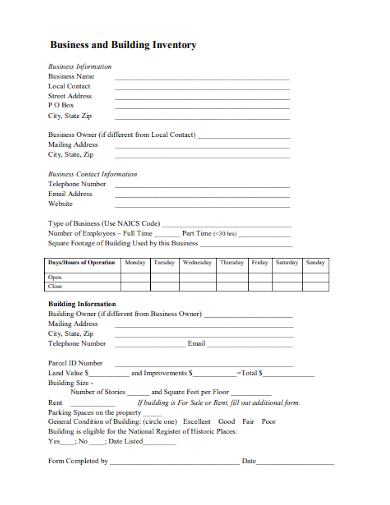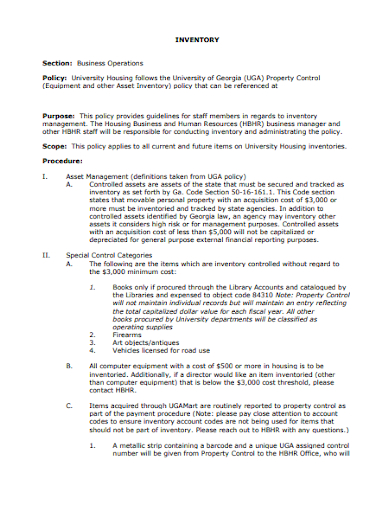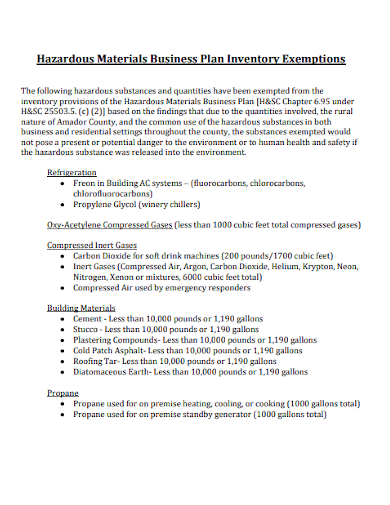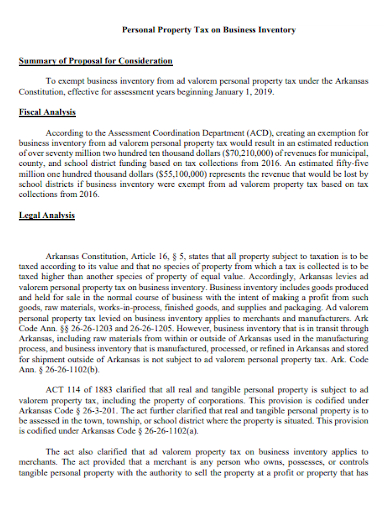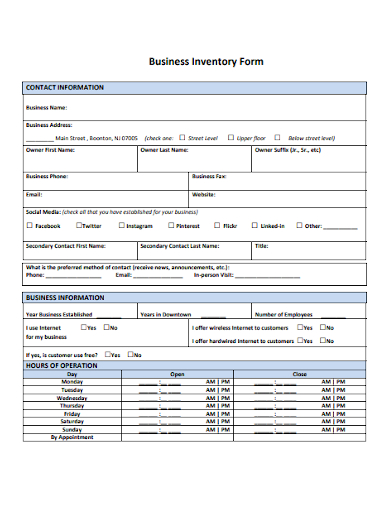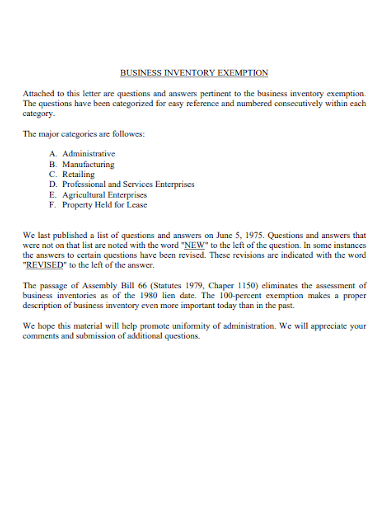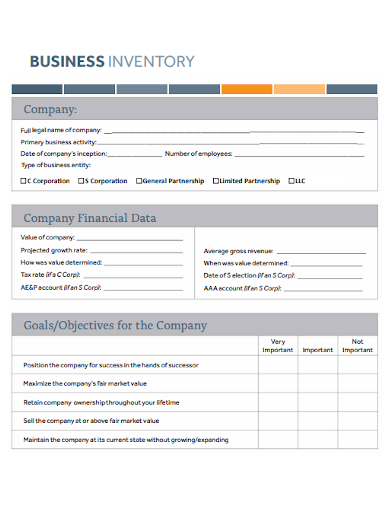Inventory management refers to the tracking of commodities, component components, and raw materials that a corporation consumes or sells. You perform inventory management as a business leader to ensure that you have enough merchandise on hand and to recognize when there is a shortfall. The act of counting or listing objects is referred to as “inventory.” Inventory is a current asset in accounting and refers to all merchandise in various stages of manufacturing. Both shops and manufacturers can continue to sell or develop things if they keep stock. For most businesses, inventory is a substantial asset on the balance sheet; nevertheless, too much inventory can become a practical problem.
10+ Business Inventory Samples
In business, inventory refers to any item of property kept in stock by a company, such as finished items ready for sale, goods in the production process, raw materials, and goods that will be consumed in the creation of goods to be sold. Inventories are included as an asset on a company’s balance sheet. Inventory turnover, or the rate at which products are transformed into cash, is an important component to consider when assessing a company’s financial health. Inventory investment or disinvestment refers to changes in the inventory-to-sales ratio.
1. Business Inventory Template
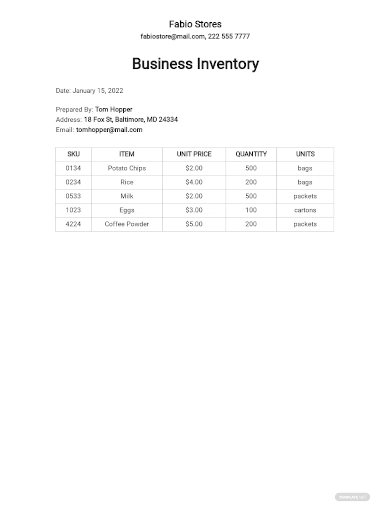
2. Restaurant Business Plan Inventory
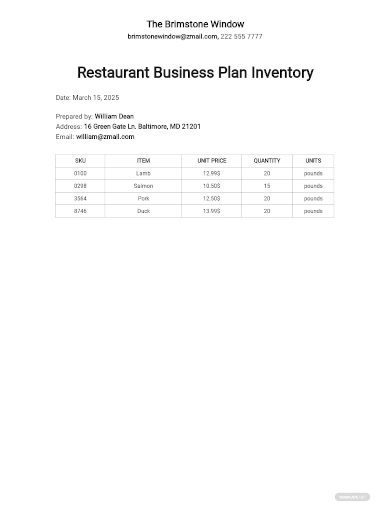
3. Checklist Small Business Legal Compliance Inventory
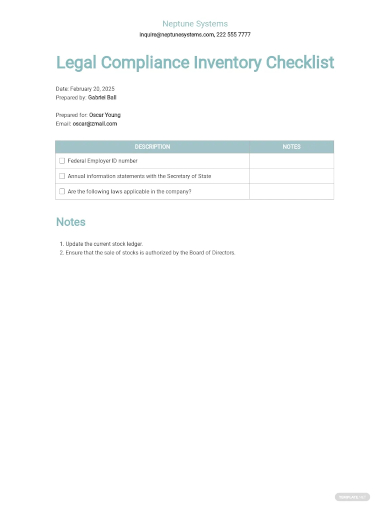
4. Business and Building Inventory
5. Business Operations Inventory
6. Hazardous Materials Business Plan Inventory Exemptions
7. Credit Card Business Process Inventory
8. Personal Property Tax on Business Inventory
9. Business Inventory Form
10. Business Inventory Exemption
11. Sample Business Inventory
Inventory Management Techniques for Businesses
- Fine-tune your forecasting – Forecasting accuracy is critical. Historical sales statistics (if you sell using Square, check your online Dashboard for this information), market trends, forecasted growth and the economy, promotions, marketing activities, and so on should all be factored into your projected sales projections.
- Use the “first in, first out” approach – Items should be sold in the order in which they were purchased or made. This is especially true for perishable items such as food, flowers, and cosmetics. For example, a bar owner must be aware of the items behind the bar and use FIFO practices to increase bar inventory. It’s also a good idea for nonperishable goods, as items left out too long may become damaged or out of date, rendering them unsellable. In a storeroom or warehouse, the easiest approach to implement FIFO is to add new goods from the back so that the older products are at the front.
- Identify low-turn stock – If you have inventory that hasn’t sold in the last six to twelve months, it’s probably time to get rid of it. You might also think about other ways to get rid of that stock, such as a special price or promotion, because excess inventory wastes both space and money.
- Audit your stock – Even with sophisticated inventory management software, you should count your inventory on a regular basis to ensure that what you have in stock matches what you think you have. Businesses employ a variety of methods, including a year-end physical inventory that counts every single item and regular spot-checking, which is particularly beneficial for products that move quickly or have stocking concerns.
- Use cloud-based inventory management software – Look for software that allows you to track sales in real time. Square’s software connects directly to your point of sale, allowing you to automatically change your stock levels whenever you make a transaction. Keep receiving stock alert emails so you always know whether things are low even out of stock so you can order replacements in a timely manner.
- Track your stock levels at all times – Make sure you have a good system in place for keeping track of your stock levels, with the most expensive items coming first. To do most of the heavy lifting for you, efficient software helps save time and money.
- Reduce equipment repair times – Because essential machinery isn’t constantly in working order, it’s critical to keep track of those assets. A faulty piece of equipment might be pricey. Monitoring your machinery and its parts is essential for understanding its life cycle and being prepared for problems before they occur.
- Don’t forget quality control – It’s critical to ensure that all of your items look excellent and function properly, regardless of your specialty. It might be as simple as having personnel conduct a cursory inspection during stock audits, complete with a checklist for symptoms of damage and proper product labeling.
- Hire a stock controller – Stock control refers to the amount of inventory you have on hand at any given time and includes everything from raw materials to finished goods. If you have a large amount of inventory, you may require one person to be in charge of it. A stock controller is responsible for processing all purchase orders, receiving deliveries, and ensuring that everything arriving fits the order.
- Remember the A, B, Cs – Many organizations find that categorizing inventory products into A, B, and C categories helps them keep tighter control over higher-value commodities.
- Consider drop shipping – You can sell things without actually keeping the inventory if your company uses drop shipping methods. When a customer buys from your store, a wholesaler or manufacturer is responsible for carrying inventory and transporting the products. You won’t have to bother about inventory holding, storage, or fulfillment this way. Many online store owners use drop shipping methods, however this supply chain fulfillment strategy may be used by a variety of enterprises in a variety of industries.
FAQs
Isn’t using spreadsheets to manage inventory a good idea?
Spreadsheets are ineffective inventory management tools because they must be manually updated, which takes time and results in data that is frequently out of current. Spreadsheets also don’t scale with your business, don’t interact with your POS, and don’t show you how well your things sell.
What is the connection between an inventory and a financial statement?
The monetary value of inventory is also used to calculate the cost of goods sold on the income statement. The cost of goods sold is calculated by adding inventory on hand at the start of the period to the cost of purchasing and producing goods during the period, then subtracting inventory on hand at the end of the period from this total. Inventories are normally priced at cost or market value, whichever is lower, for financial statements. However, because the purchase costs of items and supplies fluctuate during the year, it’s important to figure out which cost-flow assumption to employ for inventory purposes.
If you want to see more samples and formats, check out some business inventory samples and templates provided in the article for your reference.
Related Posts
Retirement Speech Samples & Templates
Weekly Schedule Samples & Templates
Contractual Agreement Samples & Templates
FREE 9+ Amazing Sample Church Bulletin Templates in PSD | PDF
Sample Business Card Templates
Sample Cashier Job Descriptions
Questionnaire Samples
FREE 10+ Sample HR Resource Templates in PDF
FREE 10+ HR Consulting Business Plan Samples in MS Word | Google Docs | Pages | PDF
FREE 49+ Sample Job Descriptions in PDF | MS Word
FREE 13+ Academic Calendar Templates in Google Docs | MS Word | Pages | PDF
FREE 10+ How to Create an Executive Summary Samples in Google Docs | MS Word | Pages | PDF
FREE 23+ Sample Event Calendar Templates in PDF | MS Word | Google Docs | Apple Pages
Company Profile Samples
FREE 10+ Leadership Report Samples [ Development, Training, Camp ]

